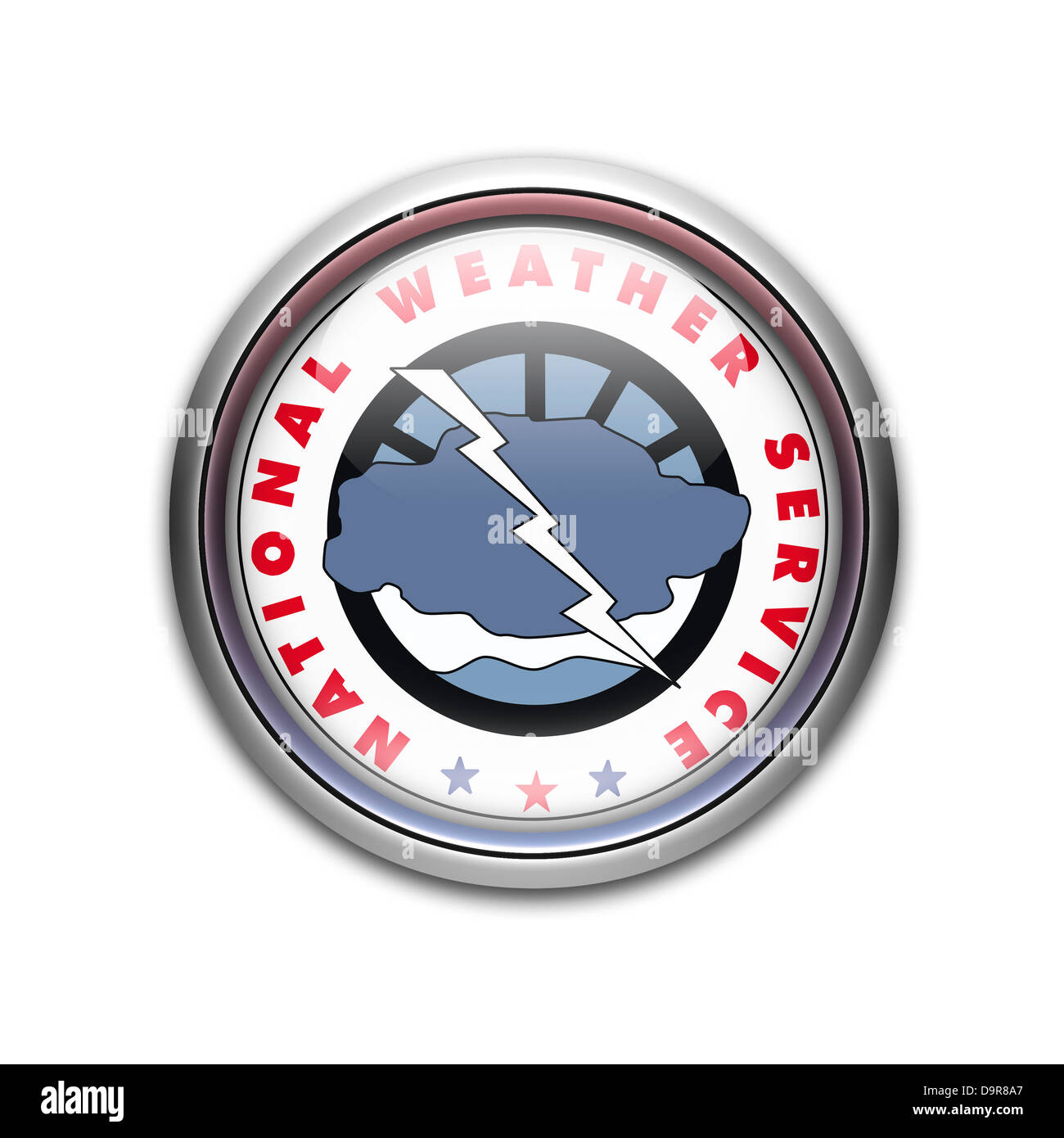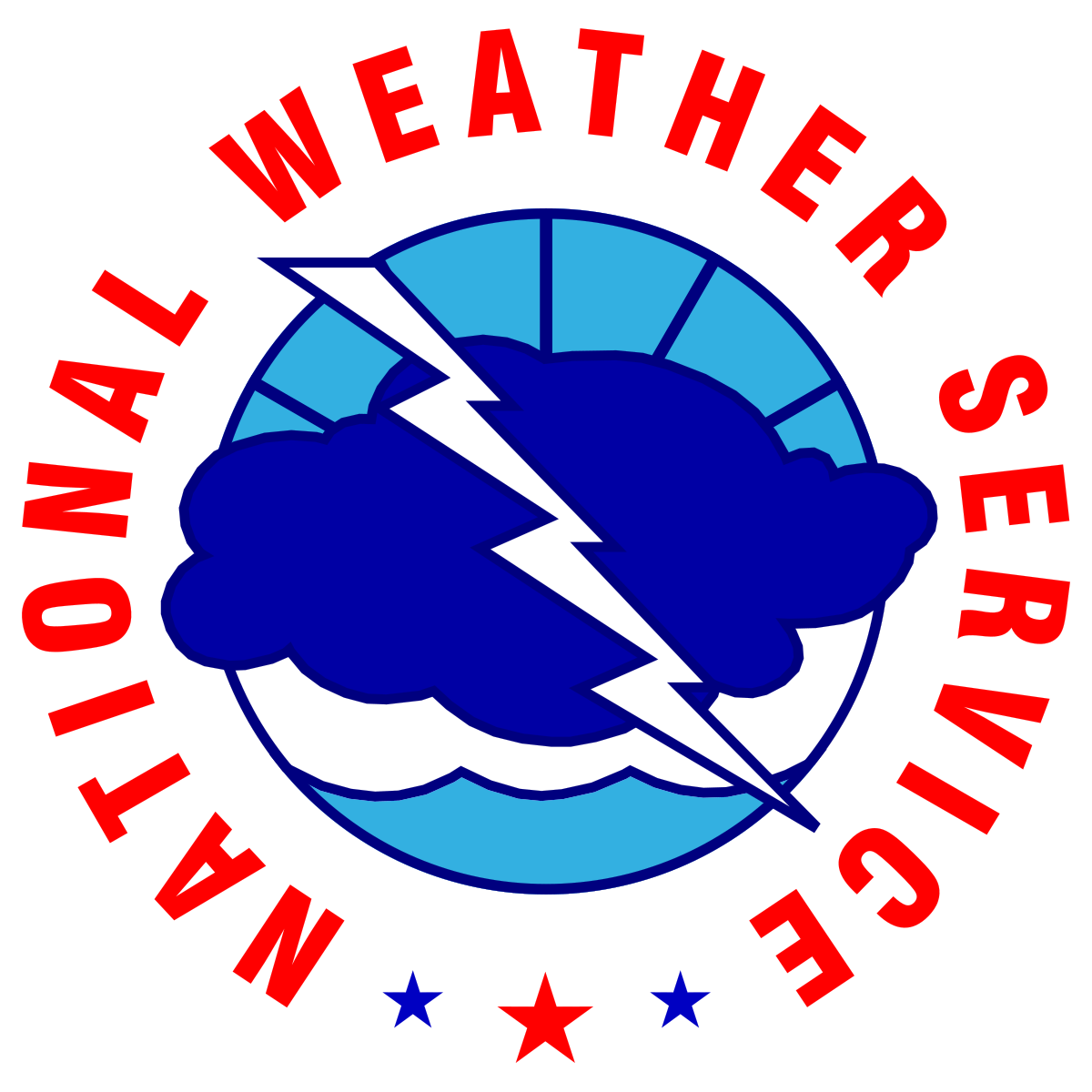National Weather Service: Your Ultimate Guide To Reliable Weather Forecasting - Data collection is a critical component of weather forecasting, and the National Weather Service employs a variety of methods to gather meteorological information. These methods include ground-based observations, radar systems, and satellite imagery, all of which contribute to a comprehensive understanding of weather patterns. Supercomputers play a vital role in weather forecasting by processing massive amounts of data at high speeds. The NWS uses supercomputers to run complex simulations and generate forecasts for various timeframes, from short-term predictions to long-range outlooks. These powerful machines enable meteorologists to analyze weather patterns in unprecedented detail.
Data collection is a critical component of weather forecasting, and the National Weather Service employs a variety of methods to gather meteorological information. These methods include ground-based observations, radar systems, and satellite imagery, all of which contribute to a comprehensive understanding of weather patterns.
In addition to weather forecasting, the NWS collects and disseminates climate data for research and analysis. This data helps scientists study long-term weather trends and climate change, providing valuable insights into the Earth's atmosphere.
The future of weather forecasting holds exciting possibilities, driven by advancements in technology and scientific research. The National Weather Service is committed to embracing these innovations to improve its services and better serve the public.

The National Weather Service plays a vital role in protecting lives and property by providing accurate and timely weather forecasts and warnings. Through its advanced technology, dedicated team of meteorologists, and commitment to public safety, the NWS continues to be a trusted source of meteorological information for millions of people across the United States.
Doppler radar is a key tool used by the NWS to detect and track severe weather events, such as tornadoes and hurricanes. These systems provide real-time data on storm movement and intensity, enabling meteorologists to issue timely warnings to affected areas. The NWS operates a network of Doppler radar stations across the country, ensuring comprehensive coverage of weather phenomena.
Weather forecasting plays a critical role in our daily lives, and the National Weather Service (NWS) stands as a reliable source of meteorological data and predictions. Whether you're planning a weekend getaway or preparing for severe weather conditions, the NWS provides essential information to keep individuals and communities safe. Understanding how the National Weather Service operates can help you make informed decisions and stay prepared for any weather event.

The National Weather Service has a profound impact on communities and industries across the United States. Accurate weather forecasts and warnings enable individuals and organizations to prepare for severe weather events, minimizing damage and protecting lives.
In this comprehensive guide, we will explore the history, services, and importance of the National Weather Service. You will learn how it collects and analyzes weather data, the tools it uses, and how its forecasts impact various sectors of society. By the end of this article, you'll have a deeper understanding of why the NWS is crucial for weather preparedness and safety.
The National Weather Service provides a wide range of services to the public, including weather forecasts, climate data, and educational resources. These services cater to various audiences, from individual citizens to government agencies and private organizations.
In 1970, the National Weather Service became part of NOAA, marking a significant milestone in its development. This transition allowed the NWS to leverage advanced scientific research and technology, improving the accuracy and reliability of its forecasts. Today, the NWS operates a vast network of weather stations, radars, and satellites to monitor weather patterns globally.
The National Weather Service is an integral part of the National Oceanic and Atmospheric Administration (NOAA), and its mission is to provide accurate and timely weather forecasts and warnings. With advanced technology and a team of dedicated meteorologists, the NWS ensures that people receive critical weather updates when they need them most.
Despite its successes, the National Weather Service faces several challenges in its mission to provide accurate weather forecasts and warnings. These challenges include budget constraints, technological limitations, and the increasing complexity of weather patterns due to climate change.